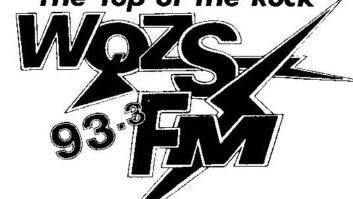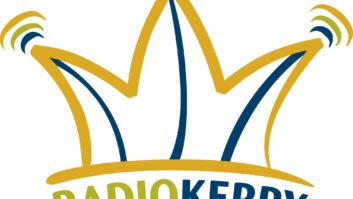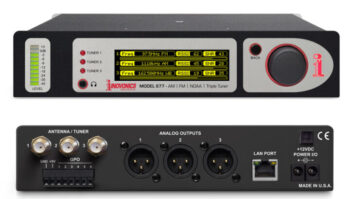Hot off the presses on June 4, was a 200-page compendium from the Federal Communications Commission that addresses limits on RF exposure; methods to inform and protect the general public; and some proposed new methods of evaluating compliance. Not content to merely update a few rules to reflect recent technology changes, this weighty tome sets the bar higher and includes a First Report and Order, a Notice of Proposed Rulemaking and a Notice of Inquiry all at the same time.
Although much of the discussion is of only peripheral interest to broadcast engineers, and radio engineers in particular, there are some items that could affect us.
NEW RULES
Let’s start with what has been decided. The Report and Order section is primarily about the evaluation of RF limits for small, personal devices, such as Bluetooth transmitters and cellphones. It is a study in contrasts to read the FCC decisions in the ever-reasonable language of experienced regulators as they struggle with what is a very scientifically complex topic.
There is a lengthy discussion of the differences between using Specific Absorption Ratio (SAR) or Maximum Permissible Exposure (MPE) limits, which relate safety to electromagnetic field strengths. Of course the science of MPEs, which for broadcasters have represented the standard of safety limits for 30 years or so, were originally based on calculations of the SAR, way back when all these regulations were first adopted.
With good common sense, the FCC decides that RF evaluation methods based on SAR should be allowable, while noting they don’t seem to be that easy to use other than with signals up in the gigahertz range. Whew.
PROPOSED RULES
Of more interest is a range of new rules, some of which would affect broadcasters. In general terms, when the FCC issues an NPRM, it reflects their best thinking on certain issues. An NPRM often is adopted after a suitable review period and some time for the FCC staff to go back to all the relevant sections of the Code of Federal Regulations Part 47 and come up with pertinent language to replace outdated or changed sections.
One such item in the NPRM is the proposal to formalize the signage requirements for RF transmitting sites with a hierarchy of posted zones that reflect the relative danger of increasing RF fields. Based on IEEE Standard C95.7-2005, there would be four categories: areas with RF fields below public exposure standards; areas that exceed public exposure levels but would be within the limit for occupational personnel; areas exceeding occupational limits by up to a factor of 10; and areas that are above a factor of 10 in excess of occupational limits.
Very specific language is recommended for this signage, which may differ enough to cause some sites to have to update or modify their existing warning systems. At the very least, it will cause the majority of us to have to review our RF exposure responsibilities with an eye to the upcoming wave of radio station license renewals.
A second proposal might make compliance evaluation easier for multi-tenant transmitter sites (in some parts of the country there is no other kind). The commission proposes a formula that could be used to rule out the need for an expensive RF measurement program and that is suitable for use with mixed radiator types (such as cell transmitters mixed with FM). It’s a bit lengthy, but for those geeky enough to want to run a few calculations off to determine how it works you can see it by downloading the NPRM at www.fcc.gov/document/fcc-review-rf-exposure-policies. Have your favorite spreadsheet program ready.
TO BE THE WISER FOR YOUR ANSWER
Finally, we have the Notice of Inquiry. Noting the irony that the current Report and Order on exposure limits does not itself contain any changes to the current standards, the commission publicly wonders if there should not be further investigation into this topic.
Nearly 20 years have passed since the adoption of the ANSI standard limits in 1996. New science and information gathered on the safety of RF generating equipment in that interval could perhaps incline us to update the rules with either more- or less-restrictive requirements. This inquiry is, in the commission’s eyes, an attempt at “good government.” By initiating a review of the latest science on RF exposure the FCC is trying to stay on top of any changes in our understanding.
This section is a bit intimidating to me. The FCC is opening up a fairly wide door for groups to comment on previously unknown or undiscovered dangers. At worst, it could invite outlier groups to propose an end to the use of electromagnetic transmissions; at best we might find that we already have in place adequate limits.
To be fair, the FCC states they have good confidence in the adequacy of the existing exposure limits. But to be honest, such an inquiry is unlikely to inspire much confidence in the short term.
Also included in the NOI are questions of consumer information; labeling of RF devices; methods of evaluation of exposure; and how we safely evaluate small RF generators intended to be used in medical devices.
Comment deadline for the R&O, NPRM and NOI is Sept. 3.
Michael LeClair is chief engineer for radio stations WBUR(AM/FM) in Boston; he has been technical editor of Radio World Engineering Extra since its inception in 2005.












